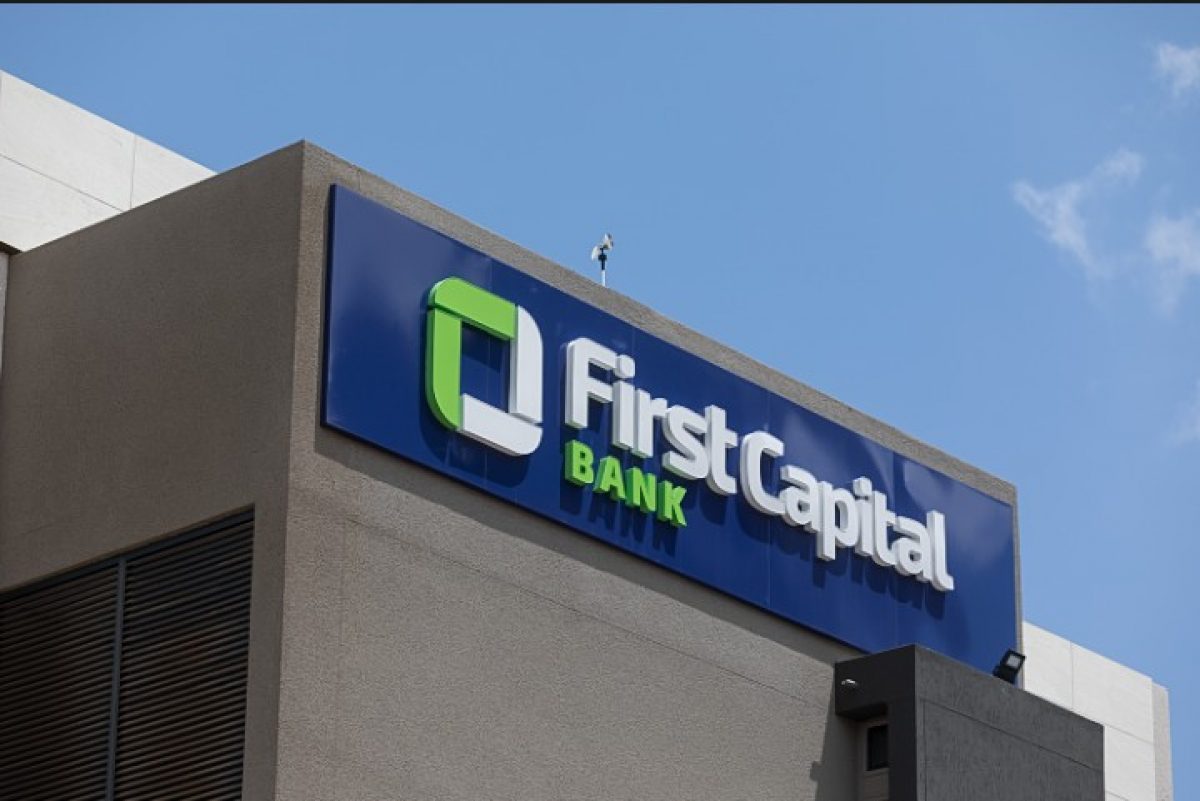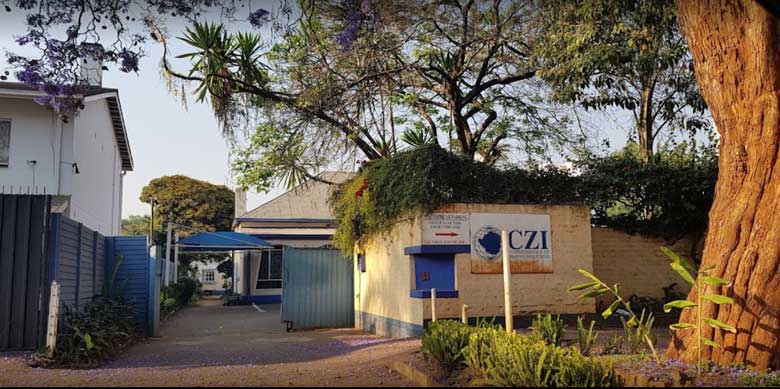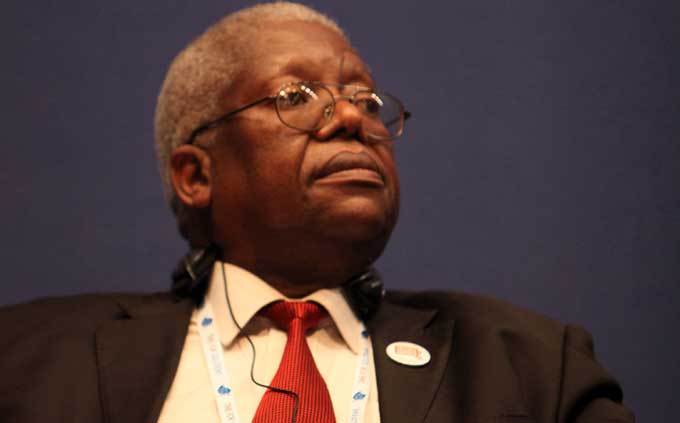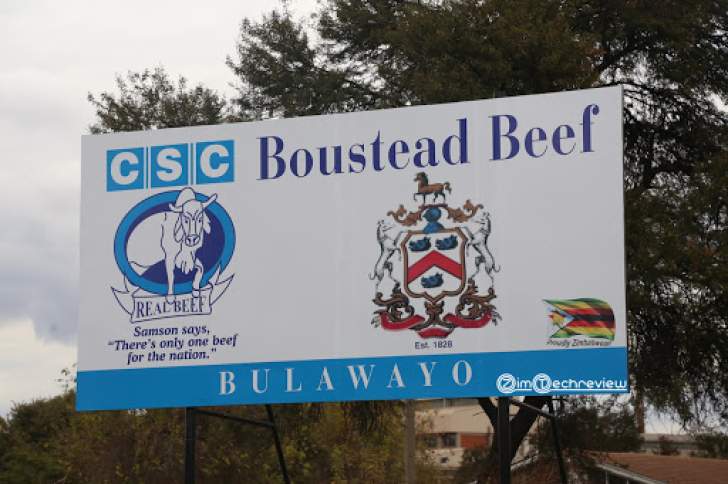
with DR FARAI CHIGORA
There comes a time in life when we should be reminded that we are not here to exist forever. As once said by Liz Weber “Never put your business in the hands of one person or select a few.
People leave. People die. People forget”. Yet we agreed that successful brands are immortal. That’s the reason we need to keep riding on brands. Since they can talk even more louder/clearer to the coming generations just like what they are doing in our current markets (sustainable business through brand management)
There is a clear gap here as to who will be the custodian and driver of our brand visioning in our absence. That’s when we invite succession planning in brand management of our SMEs. In this edition we try to bridge the gap between existence of our brand craftsmanship/ownership and brand eternity. Of course, there is life after death and our brands have that potential. They need to soldier on with the promise(s) made by us for the current and future generations. Think about Coca Cola and KFC brands living beyond life of the originator. Yours can do the same in this age of entrepreneurship for industrialisation.
Succession planning is a popular subject area in the field of human resources management. Where future leaders of a business are supposed to be identified now instead of fire fighting when events unfold themselves in the future (talent identification and development). That is why some popular bus companies and shops of our home-grown ownership died with their founders. To some extent nothing was done to prepare and nurture future leadership of these businesses. Now it has brewed a global misconception that SMEs do not last beyond five years. Really! There is nothing like that when we invest in brand succession planning for our home grown SMEs. It begins with you.
As aforementioned, a generation of leadership might retire or pass on today and must leave the brand vision mileage so far in the right hands (family/employees/ managers), rather than stagnation and extinction due to lack of ownership. This transition should be supported by a long-haul shared system with well-defined and placed branding strategies, processes, elements, promotional channels and other marketing tools. When taking over, the new generation should be able to inherit a brand that is adjustable to meet the current customer and market needs. That is without compromising originality in the promise(s) made by the founder. Not forgetting that like any type of business change, brand innovation is constant and a practice in this age. If you snooze you lose.
To start with, it is important to know that there are two main parties in the brand succession planning: i.e those who are passing it on to another generation and those who are inheriting. It might sound an easy handover/takeover process. No, that is the most difficult thing to do as the brand inheritor is supposed to keep the momentum, if not going beyond pace/success made so far by the predecessor. Like we said in the business setup stage, there is need to strategically develop a vision, mission and values of a brand towards a shared dream by all stakeholders. These are the nodes that the successor will use for the current and future brand evaluation. Just like trying to match the current market needs and the promises projected in the vision and mission of the brand (assessing brand relevance in the current). You will find that the language previously used and elements are no longer compliant to match with the new needs and expectations of the current generation. Hence, there is need to adjust. Even in just trying to evaluate yourself as the successor on whether the above mentioned statements are understandable and agreeable with the brand picture you currently have in mind and practice.
As we continue with the brand succession evaluation, there is need to do a brand equity evaluation; that value the brand carries within the business as experienced in the markets served. Just like an audit of the revenues against costs for a business, you are taking over brand equity matters too. This is through assessing the level of current brand awareness, image, perceived quality, loyalty and association. These pillars can also help in developing your brand rejuvenation strategy where needed (that is when you inherited an almost dying brand). This goes on to understanding what has made the brand unique over the years, the Intellectual Property Rights it has, opportunities and the market segments that are rewarding or directly related to your brand vision.
- Chamisa under fire over US$120K donation
- Mavhunga puts DeMbare into Chibuku quarterfinals
- Pension funds bet on Cabora Bassa oilfields
- Councils defy govt fire tender directive
Keep Reading
Also it is imperative to strengthen brand succession evaluation remembering that brands represent offerings (products/services). There is need to make an in-depth evaluation of the offerings that the brand has been representing over the years and yet to represent in the future. Sometimes we have to also figure out the loss leaders in our brand provision. Those offerings that we sell at a very cheap price just to attract/please a large number of customers. Many of those operators who have failed to inherit businesses in our localised operations did not identify and invest in those offerings designed to improve their brand equity (but for short-term gains). Design your own Offer Model (OM) in the succession process. It goes on to understand which type(s) of the offerings that the customers frequently buy as leaders in your brand message conveyance to a huge market. When you do the invest more in their promotion for a further business growth.
This leads us to another critical cog of the branding equation as we close this edition. It is important to go deeper in knowing your customers (customer knowledge). Those that the inherited brand serve most, those who have become brand ambassadors and advocates in the whole life of the business. An effective brand is customer centric. Being guided by a market philosophy that a successful brand should be able to acquire new customers, retain existing ones and grow business through customer referrals. I can tell you that’s what we need in this age for a rewarding brand succession. It should truly connect with the targeted customers rather than being everything for everyone. The concept of high value low volume should also be considered in this drive. Where the greatness in quality of a wining brand is not measured in the volumes, but value/profitability made. The inherited brand should also be evaluated in the same way.
Lastly, self-introspection matters through evaluating your own brand story and voice as projected through the website and other promotional platforms. Visit these as if you are the customer and find if you are worth an exchange (value for money). Compare with other brands in your same area of provision/industry. As said in other previous editions, competition is there and unavoidable. Know how to balance your offensive and defensive tools as you inherit a successful brand. Till then I leave all to you as food for thought.
- Dr Farai Chigora is a businessman and academic. He is the head of business science at the Africa University’s College of Business, Peace, Leadership and Governance. His doctoral research focused on business administration (destination marketing and branding major, Ukzn, SA). He is into agribusiness and consults for many companies in Zimbabwe and Africa. He writes in his personal capacity and can be contacted for feedback and business at [email protected], WhatsApp mobile: +263772886871.










